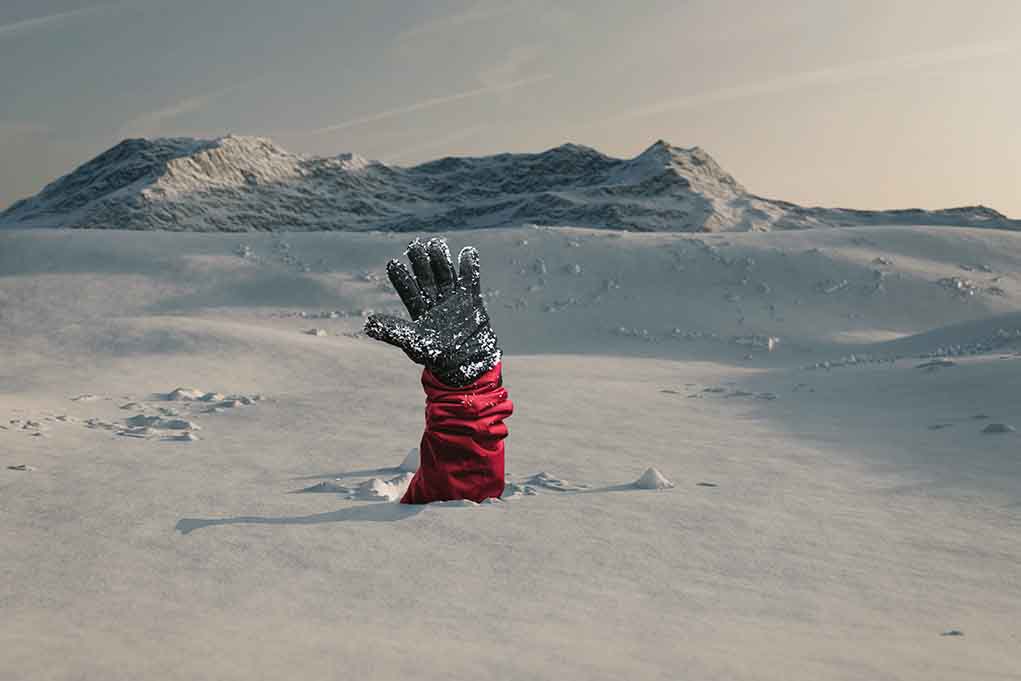How to Survive an Avalanche

Winter Wonderland CATASTROPHE – How to Protect Yourself!
(ModernSurvival.org) – The winter months bring shimmering snow and ice to much of the country. Many people take advantage of these cold conditions by heading out into nature to ski, snowboard, ice skate, and otherwise enjoy the glistening weather. While there are plenty of ways to take advantage of the wintertime, there are plenty of dangers that come along with these activities.
According to the Colorado Avalanche Information Center (CAIC), roughly 27 people lose their lives each year due to avalanches. This may not seem like a huge number, however, one has to consider the fact that over 100,000 avalanches occur annually in the United States.
Protect Yourself
Much like most disaster scenarios, the key to survival is preparation. In this case, it starts with staying informed. Before heading into an area where an avalanche may occur, check with an avalanche forecasting system to see if there is any danger there.
While this is a great first step, due to the nature of avalanches, the likelihood of one happening changes frequently, even by the hour. With that in mind, the next step is to bring appropriate rescue gear out in the field.
Next comes the gear. The most important items to carry in avalanche country are a probe pole, an avalanche beacon (transponder), and a shovel. The probe pole allows a person to “probe” the snow for a person buried beneath it. The transponder gives rescuers the ability to zero in on the location of an avalanche victim. Obviously, the shovel is used to dig a person out.
Granted, when trapped beneath an avalanche, a person only has a matter of minutes before they suffocate. This is why it’s vital to never enter avalanche country alone. A partner may be able to locate a person before it’s too late. Search and Rescue won’t even be dispatched until the victim has been missing (and likely dead) for quite some time.
When the Snow Starts to Fall
It’s important to note that avalanches move at incredible speeds, so outrunning one is highly unlikely. Instead, try to get out of the way, or at least to the edge, where the bulk of the snow won’t be. The snow doesn’t move as quickly toward the edges, and the odds of being buried in deep snow are far lower.
If avoiding the wall of snow isn’t an option, move so that the feet are pointed downhill. This will help to prevent blows to the head as the snow pushes the body across the landscape. Another option is to roll into a ball, tucking the head down as much as possible.
Once the avalanche comes to a stop, try to relax. Panic will only make a person use up the available oxygen faster. With a little luck, the snow won’t be too deep, or a rescuer will arrive quickly.
Avalanches are devastating, but they’re not the only threat that comes along with the winter months. To see how to survive another deadly danger of the cold, take a look at our article on hypothermia and how it affects the body.
~Here’s to Your Survival!
Copyright 2022, ModernSurvival.org







